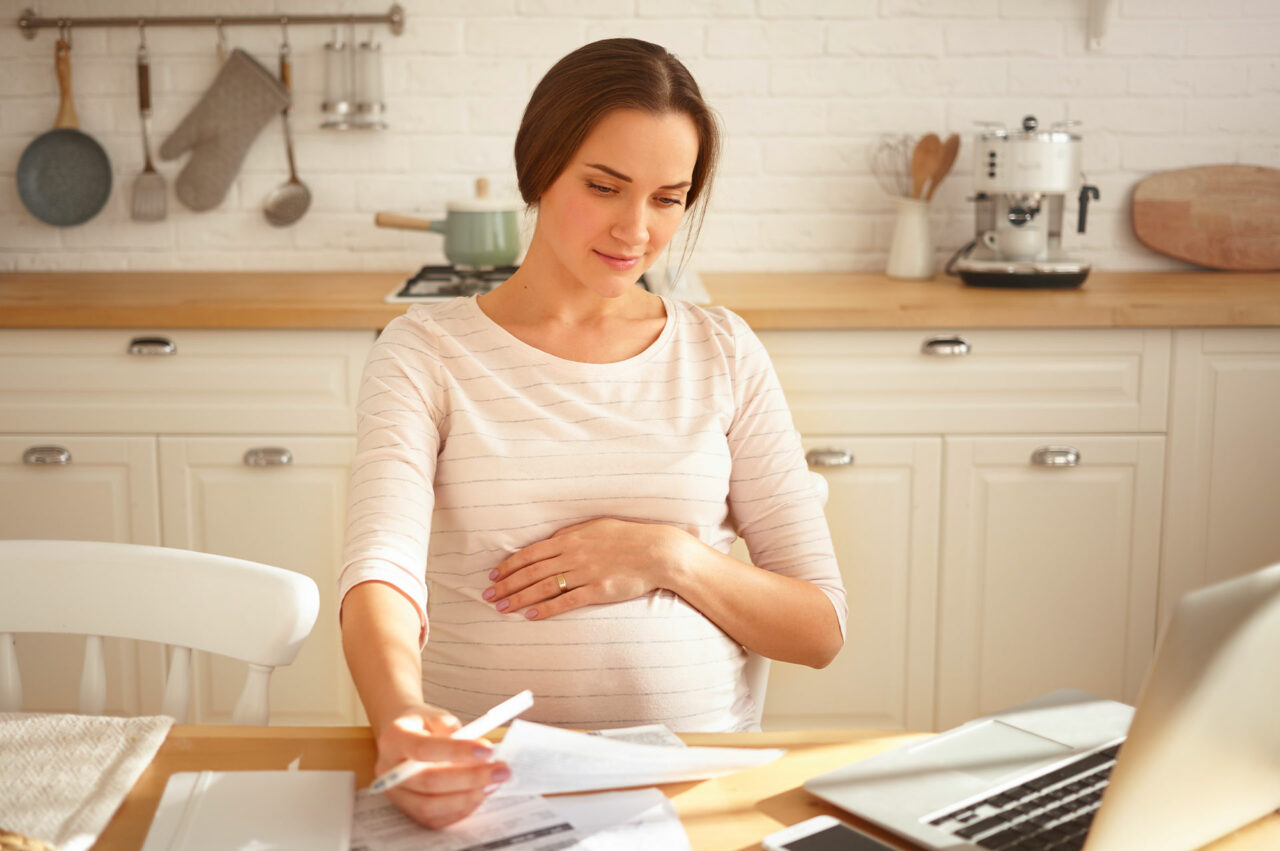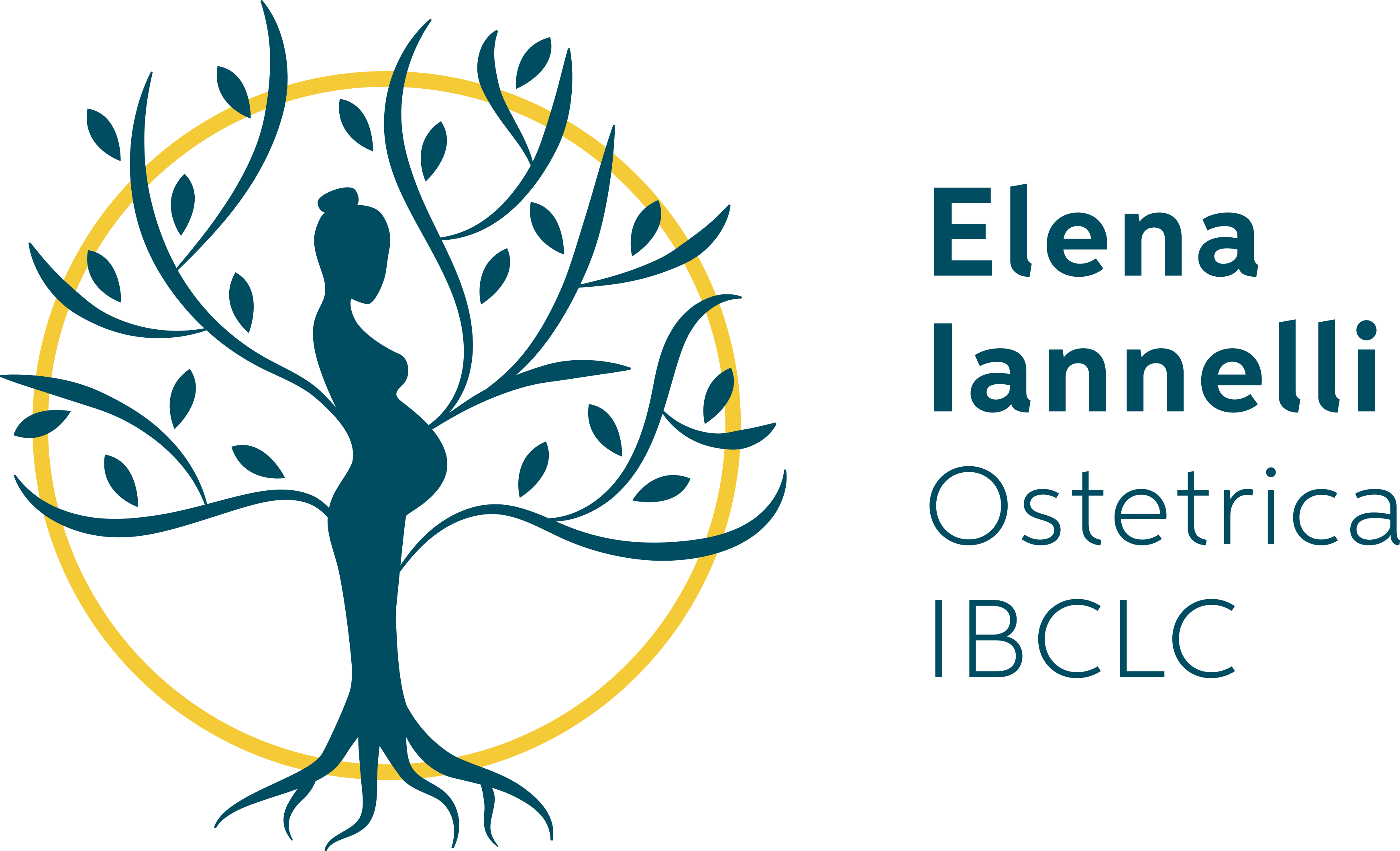The latest WHO Recommendations for a Positive Childbirth Experience

In 2018, the World Health Organisation’s (WHO) published new recommendations on childbirth to ensure that standards of care for physiological pregnancies and births are applied worldwide.
Facing an increasing medicalisation of the birth event, the WHO identifies 56 evidence-based recommendations with the aim of reducing caesarean sections rates and all those types of medical interventions, unnecessary for physiological cases, which can impact on the birth experience and should only be reserved for high-risk or complicated situations.
During labour, the routine use of certain procedures, not without risk, interferes with both the innate capacity to give birth and the maternal experience, resulting in complications that, in the most severe cases, are accompanied by experiences of violence, trauma and depression. This is why the WHO has decided to develop a set of recommendations for a positive birthing experience, defining a set of good practice standards for the care of physiological deliveries.
The recommendations do not only cover the clinical aspects of management and care during labour and delivery, but also focus on women’s psychological and emotional needs; they promote respect for each woman’s human rights and choices, following a woman-centred philosophy.
According to the WHO definition, the childbirth experience is positive when the woman’s personal and socio-cultural values are respected, as well as her expectations of delivering a healthy baby in a safe environment, with the continuous and qualified support of empathetic professionals and in the presence of a free-choice birth partner.
The key to reducing the rate of medicalisation is an accurate understanding of the physiology of childbirth and respect for the primary needs of the mother who, like all mammals, needs intimacy, to feel safe and secure. In the human being, the condition of protection depends on the perception of one’s own physical and psychological safety.
The WHO promotes essential and respectful childbirth care, distinguishing between necessary and unnecessary interventions on the basis of scientific evidence. The 56 recommendations, 26 of which are new and 30 taken from previous guidelines, are divided according to the stages of childbirth. These recommendations have proven to have a positive impact on the childbirth experience.
Having a positive birth experience includes:
- Respect and dignity
- Clear and effective communication by healthcare professionals leaving to the woman the right and possibility to choose:
– The birth partner she wants during labour
– Strategies for pain relief
– Freedom of movement during labour and choice of free positions during delivery

WHO infographic
With these latest recommendations, the WHO has introduced two important changes regarding the definition of labour and the re-evaluation of the 1cm/hour dilation standard, recognising that each labour/birth is unique and that the duration of labour varies from woman to woman.
The cervical dilation standard of 1 cm/h is defined as unrealistic. The recommendations take into account both the ‘common’ characteristics and the individuality of each woman, suggesting an indicative duration of delivery, but also emphasising the variability of individual physiology: if the health of the mother and baby is not endangered, a progression slower than 1 cm per hour does not BY ITSELF constitute an indication for intervention.

WHO infographic
The foundation of a quality care model should never be lacking in information and awareness. The woman must be informed about the duration of labour and childbirth, about potential risks that require monitoring and medicalisation.
Moreover, when interventions are necessary and required, the woman’s right to make decisions and to be an active protagonist of her birthing experience must be guaranteed. Communication is always the key.

WHO infographic
Let’s look at some of the recommendations:
Care throughout labour and birth:
- Respectful maternity care is recommended for all women in order to maintain their dignity, privacy and confidentiality, to ensure freedom from harm and mistreatment, and to enable informed choice and continuous support during labour and delivery;
- A companion of choice is recommended for all women during labour and delivery;
- Effective communication using simple and culturally acceptable methods is recommended.
First stage of labour
The first stage of labour is divided into latent and active stages.
The WHO defines the latent stage as a period of time characterised by the onset of painful uterine contractions and variable changes of the cervix, including a slower progression of dilation up to 5 cm.
The active stage is characterised by regular painful uterine contractions, a significant degree of cervical effacement and a more rapid cervical dilation from 5 cm to full dilation.
This is one of the main changes introduced (the NICE guidelines previously cited 4 cm).
- Women should be informed that a standard duration of the latent stage has not been established and that it may vary considerably from one woman to another. However, the duration of the active stage (from 5 cm until full cervical dilation) usually does not exceed 12 hours in first labours and no more than 10 hours in subsequent labours.
- The use of medical interventions to accelerate labour and delivery (such as oxytocin augmentation or caesarean section) before this threshold (5cm) is not recommended, provided that fetal and maternal conditions are reassuring.
- In spontaneous labour onset, the cervical dilation rate threshold of 1 cm/hour during the active stage is unrealistically fast for some women and therefore not recommended for identifying normal labour progression. A cervical dilation rate of less than 1 cm/hour alone should not be a routine indication for obstetric intervention.
- Vaginal examination is recommended every four hours for low-risk women.
- Continuous cardiotocography (CTG) is not recommended for the assessment of fetal well-being in healthy women in spontaneous onset of labour, either on admission or during labour. Instead, intermittent auscultation of the fetal heart rate with a Doppler ultrasound device or a Pinard fetal stethoscope is recommended for this category of women.
- Oral fluid and food intake during labour is recommended for low-risk women.
- Maintaining mobility and upright positions during labour in low-risk women is recommended.
Second stage of labour
The second stage of labour is defined as that period of time between full cervical dilation and the birth of the baby, during which the woman has an involuntary urge to bear down (and to push), due to expulsive contractions.
Again, women should be informed that the duration of the second stage of labour varies from woman to woman. The first delivery is usually completed within 3 hours, while subsequent deliveries are usually within 2 hours.
- For women both with and without epidural analgesia, it is recommended to encourage any position of the woman’s choice, including upright positions.
- Women in the second stage of labour should be encouraged to follow their own urge to push.
- Routine use of episiotomy is NOT recommended for women undergoing spontaneous vaginal birth.
- The application of manual fundal pressure to facilitate delivery during the second stage of labour is NOT recommended.
Third stage of labour (delivery of the placenta)
- Uterotonic drugs (oxytocin) are recommended for the prevention of postpartum haemorrhage.
- Delayed cord clamping, not earlier than 1 minute after birth, is recommended to improve infant health and nutritional support.
Newborn care
- Infants without complications should be kept in skin-to-skin contact with the mother during the first hour after birth to prevent hypothermia and promote breastfeeding.
- All infants, including low birth weight infants, who are able to breastfeed, should be breastfed as soon as possible after birth, when they are clinically stable and when mother and baby are ready.
- Bathing should be delayed until 24 hours after birth. If this is not possible for cultural reasons, bathing should be delayed by at least six hours.
- Mother and baby should not be separated and should remain in the same room 24 hours a day.
Care of women after childbirth
- All women after childbirth should have regular assessment that includes vaginal bleeding, uterine contractions, uterine fundus height, temperature, blood pressure and heart rate in the first 24 hours, starting in the first hour after delivery. Urine void should be documented within six hours.
- Routine antibiotic use, in women with or without episiotomy, is NOT recommended.
- After an uncomplicated vaginal delivery in a health facility, healthy mothers and infants should receive care in the facility for at least 24 hours after delivery.
Please note that the above recommendations are not exhaustive but it was intended to summarise the main ones. For the full consultation click here.

